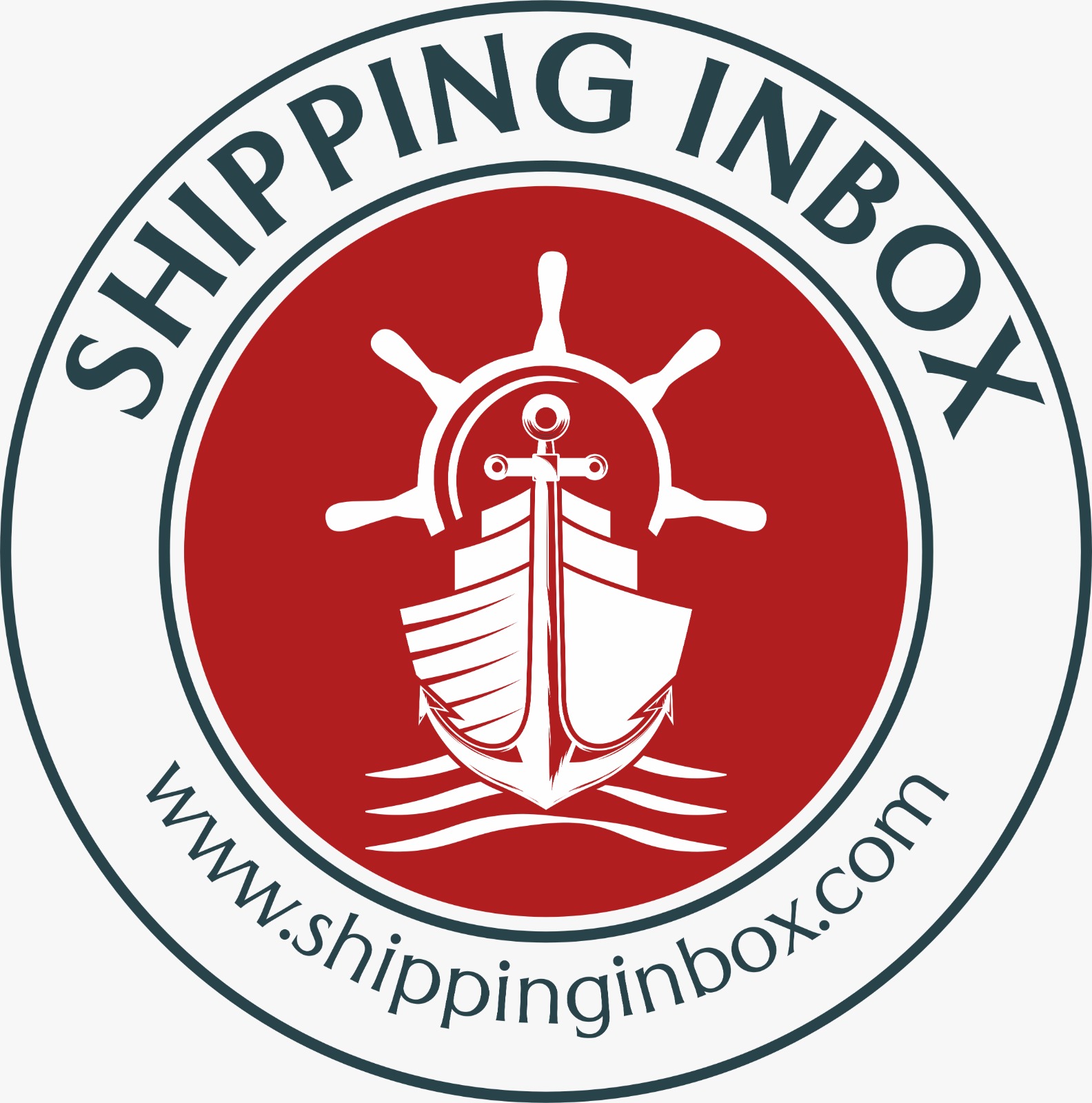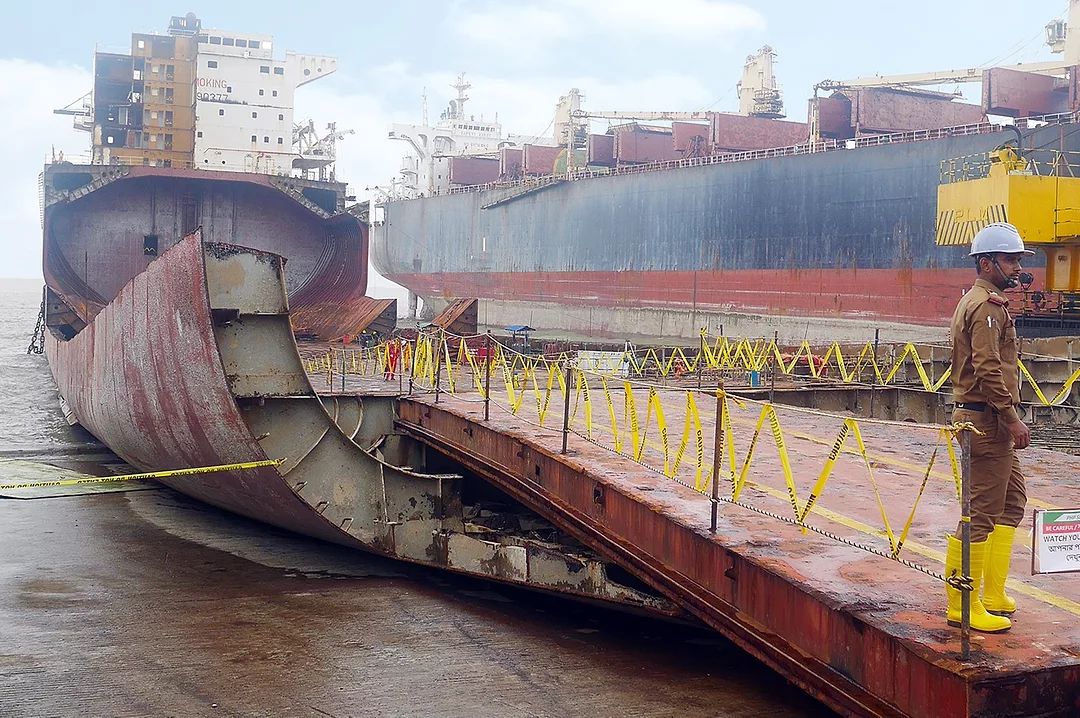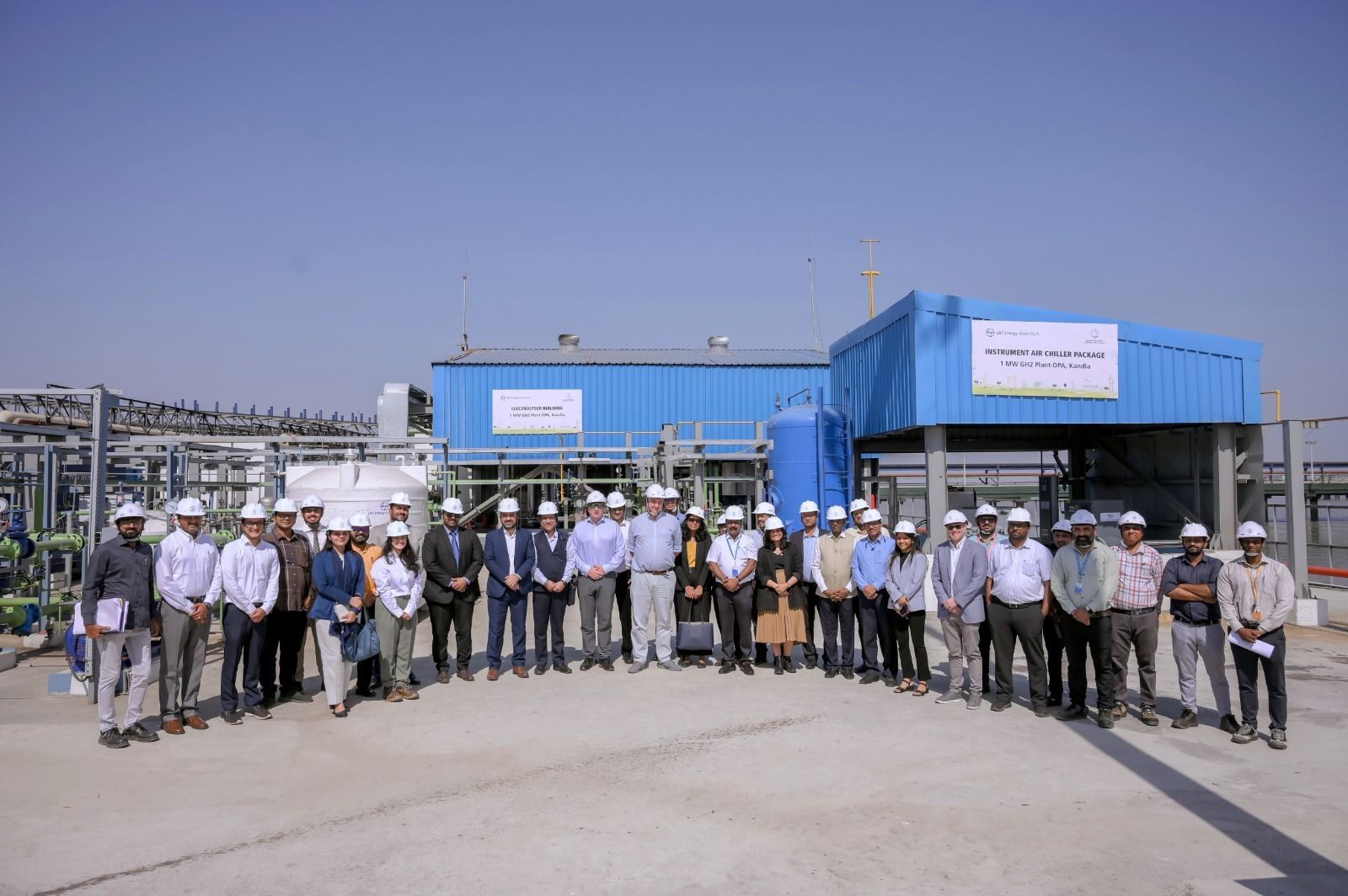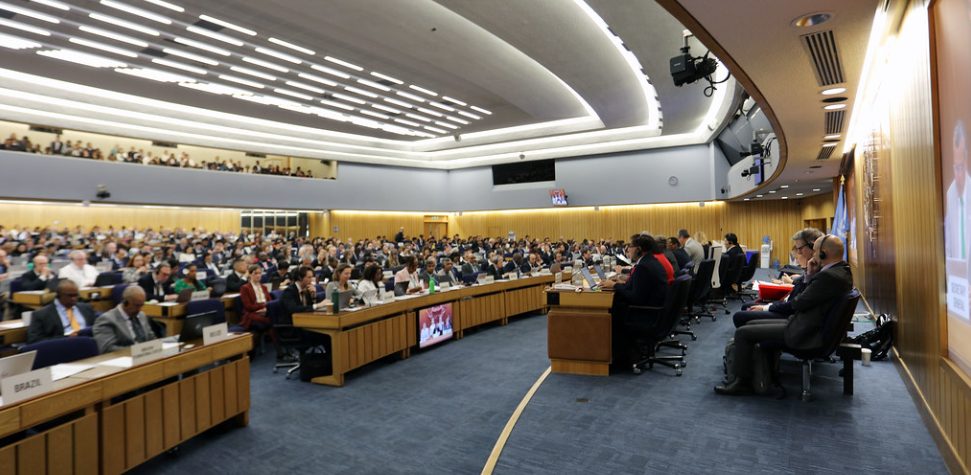Ship Recycling Regulations: A Greener Future for End-of-Life Vessels
This article, based on Captain Akshat Arora’s presentation at the 2024 GREEN4SEA Singapore Forum, dives into the world of ship recycling regulations. As the focus on maritime decarbonization intensifies, with stricter regulations targeting greenhouse gas emissions, older, less efficient ships are headed for recycling yards.

The article highlights the importance of proper ship recycling practices, not just for environmental reasons but also to ensure worker safety. It explores the key regulations governing this sector and emphasizes the need for a standardized approach.
Rising Demand for Ship Recycling
An estimated 15,000 ships, exceeding 600 million tonnes in deadweight capacity, could be recycled between 2023 and 2032, according to BIMCO (the Baltic and International Maritime Council). However, recent geopolitical issues and rerouting of ships through the Red Sea have caused a temporary dip in recycling volumes. This trend is expected to reverse in the coming years.
A significant milestone has been reached with the ratification of the Hong Kong Convention by all major flag states and ship-recycling countries. This convention, set to take effect in June 2025, establishes a global framework for safe and environmentally sound ship recycling.
A Complex Regulatory Landscape
Ship recycling is governed by several regulations, some of which overlap, potentially causing confusion for ship operators. Here’s a breakdown of the key regulations:
- Hong Kong Convention (HKC): Adopted in 2009, this convention applies to most international voyage ships exceeding 500 GT (Gross Tonnage). It sets standards for worker safety and environmentally responsible practices at ship-recycling facilities.
- Basel Convention: Established in 1992, this convention regulates the movement of hazardous waste across borders. While not specifically focused on ships, end-of-life vessels often contain hazardous materials like asbestos, lead, and hydrocarbons, classifying them as hazardous waste.
- Basel Convention’s Ban Amendment: Implemented in December 2019, this amendment prohibits the export of hazardous waste, including end-of-life ships, from developed nations (OECD) to developing nations (non-OECD).
- EU Waste Shipment Regulation (EU-WSR): Introduced in 2006, this regulation incorporates the Basel Convention and its Ban Amendment into EU law. It applies to all ships exceeding 500 GT in EU/EEA (European Economic Area) waters, regardless of their flag. If a ship destined for recycling was in EU/EEA waters when the decision was made, it can only be recycled in an OECD country.
- EU Ship Recycling Regulation (EU-SRR): Adopted in 2013, this regulation aimed to jumpstart the implementation of the Hong Kong Convention within the EU. Under EU-SRR, EU-flagged ships can only be recycled in facilities on the EU’s approved list.
- UAE Ship Recycling Regulation: Effective since March 2024, this regulation mirrors the EU-SRR and applies to both UAE-flagged ships and foreign ships calling at UAE ports.
The industry, including BIMCO, is advocating for a unified regulatory framework to streamline compliance and reduce confusion for ship operators.
The Inventory of Hazardous Materials (IHM)
A central requirement of ship recycling regulations is the Inventory of Hazardous Materials (IHM). This onboard document details the types and quantities of hazardous materials present on the ship. For EU-flagged ships, this has been mandatory since December 2018, and for non-EU ships calling at the EU since December 2020. With the Hong Kong Convention’s enforcement, IHM will become a global requirement.
The IHM is divided into three parts:
- Part I: Covers all hazardous materials on the ship throughout its operational life and needs to be continuously updated.
- Part II: Details operationally generated waste materials and is completed when the ship is designated for recycling.
- Part III: Lists onboard stores containing hazardous materials and is also prepared when the ship is slated for recycling.
To prepare a ship for recycling, the owner needs to complete Parts II and III of the IHM and submit them, along with the updated Part I, to the recycling facility. The facility will then develop a ship-specific recycling plan (SRP). Finally, a final survey is conducted to verify the IHM and the approved SRP before the ship is recycled.
The UK P&I Club offers valuable guidance on IHM compilation through their publication “Risk Focus: Inventory of Hazardous Materials (IHM)”.
Conclusion
Sustainable practices throughout a ship’s lifecycle, from construction to operation and finally, end-of-life recycling, are crucial for our maritime industry. The Hong Kong Convention sets a positive precedent by prioritizing safety and environmentally sound practices in ship recycling. With clear regulations and
Author: shipping inbox
shipping and maritime related web portal








